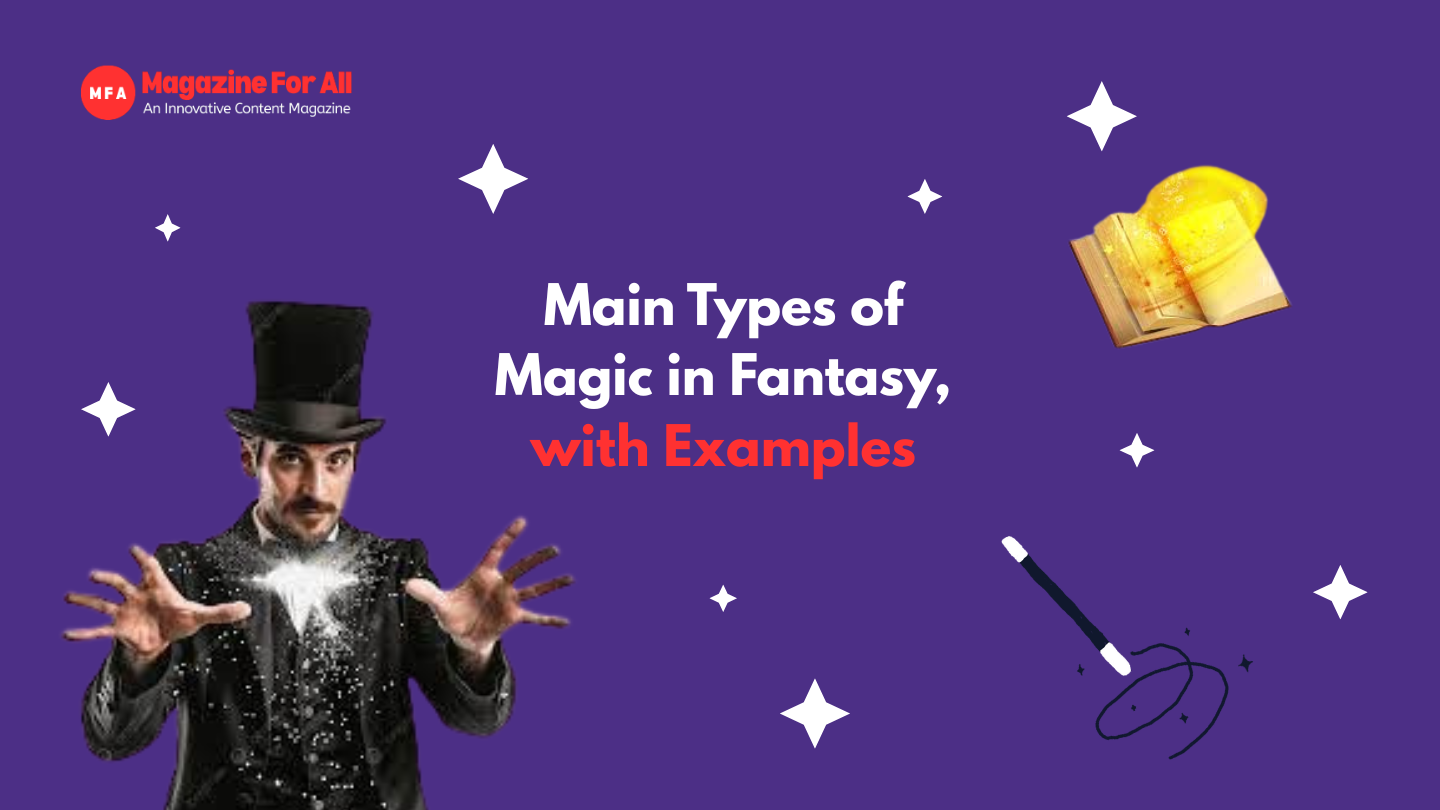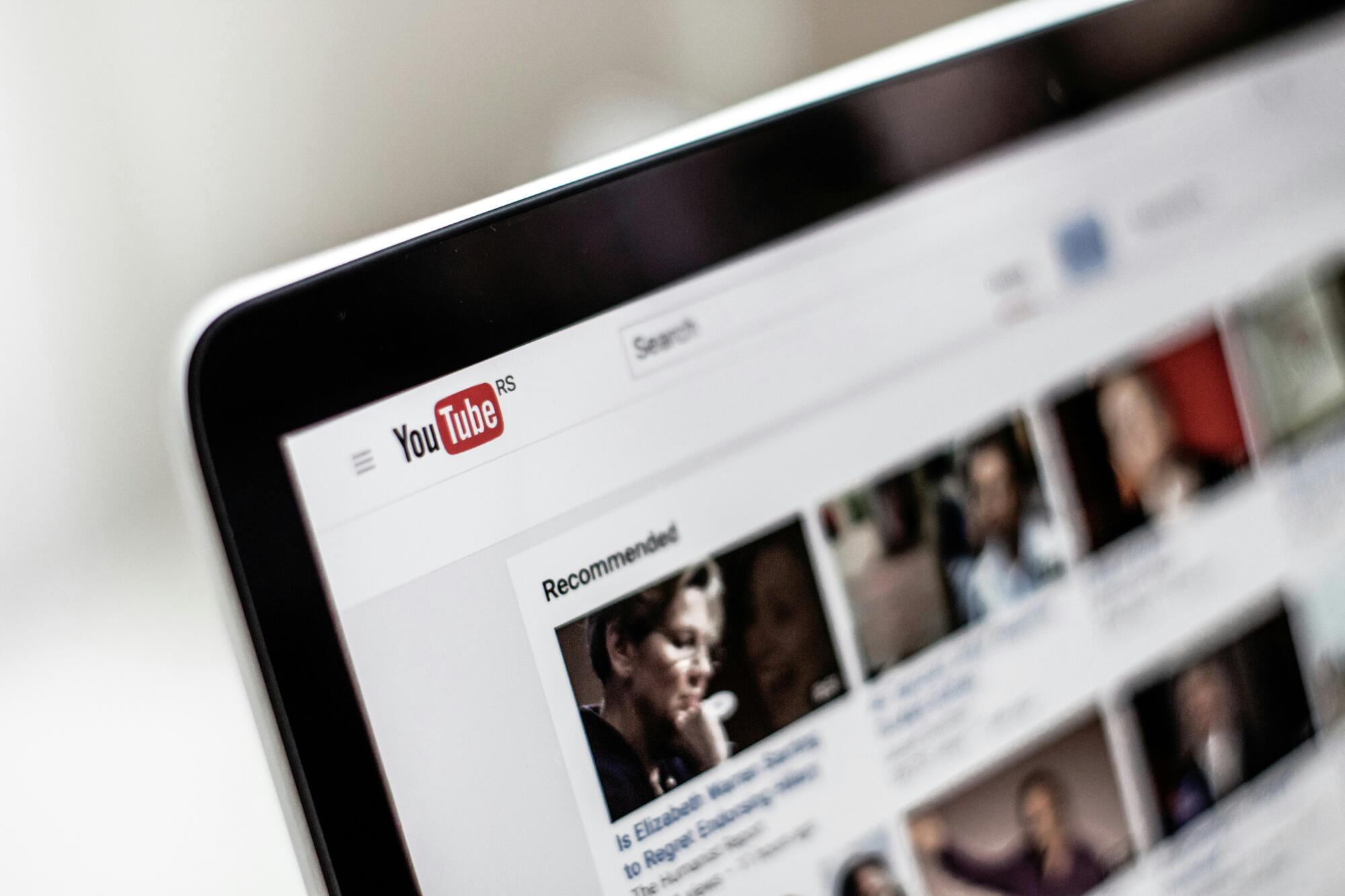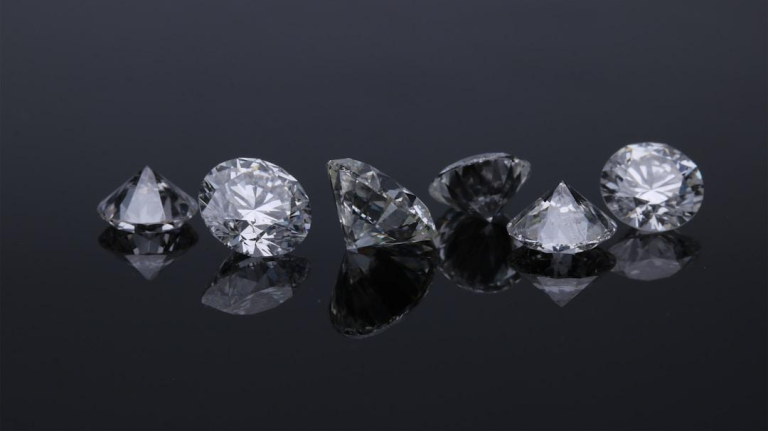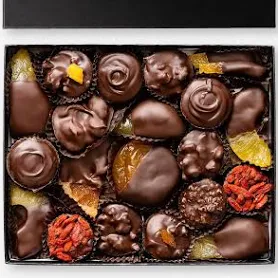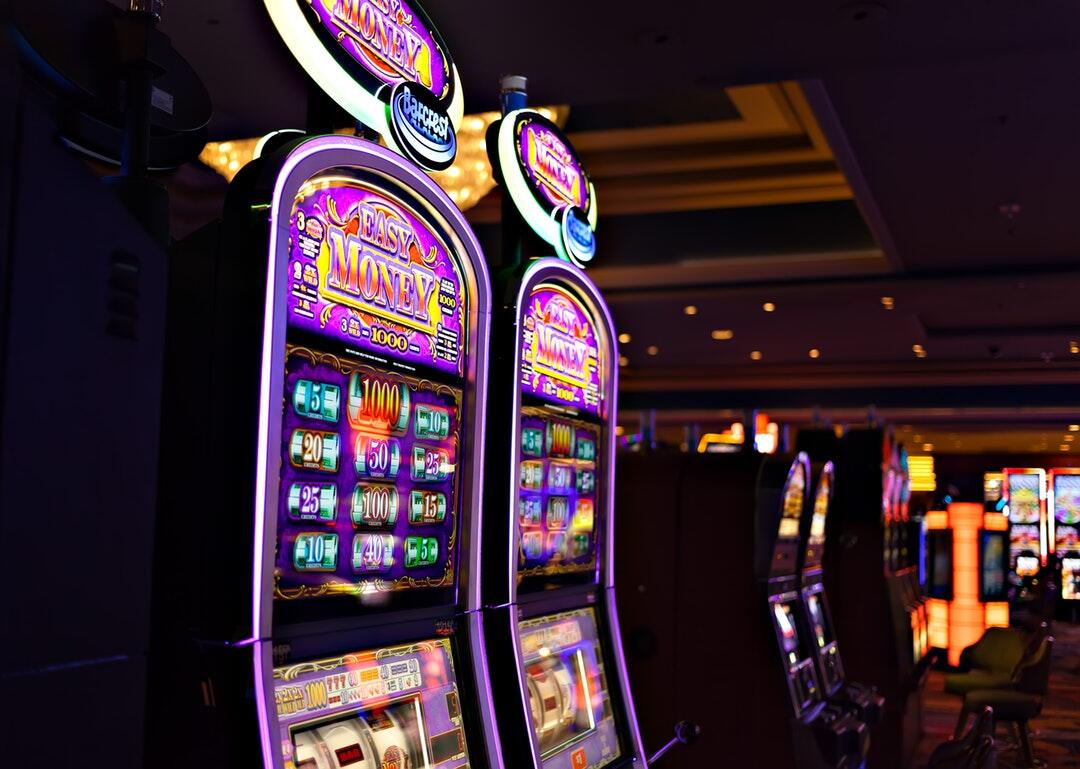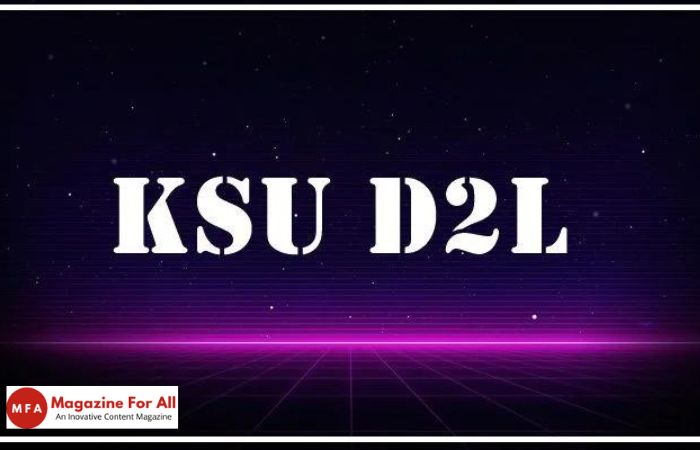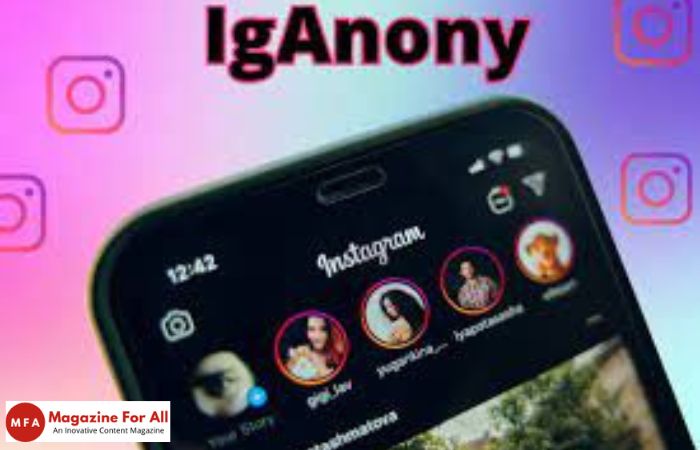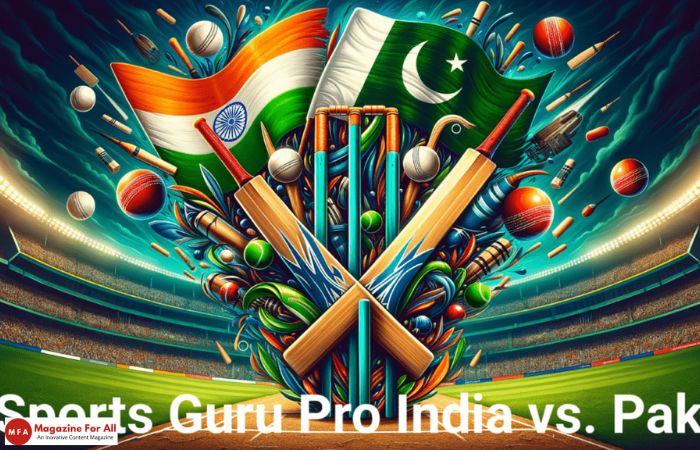Table of Contents
Introduction
Imagine holding fire in your hands whispering words that summon storms or chanting a spell that heals wounds. For centuries people across the world have told stories of mysterious forces beyond human understanding forces we call magic.
From ancient shamans to modern fantasy novels magic has taken countless forms. Some traditions see it as sacred and healing others fear it as dark and dangerous. In fantasy worlds, magic is more than a trick it builds entire cultures, battles and destinies.
In this guide, we’ll explore the most fascinating types of magic-from elemental forces and necromancy to dream manipulation, runes, alchemy and even modern hybrids. With real world roots and fantasy examples, you’ll see how magic continues to inspire myths, games and stories.
Early History of Magic
Before fantasy novels and role playing games, magic was part of everyday life.
Egyptian Magic: Priests used spells protective amulets and sacred rituals to connect with the gods, as this was their way of practicing magic.
Greek Magic: Oracles and seers predicted the future while myths spoke of gods wielding elemental powers which was a common belief at the time.
Norse Runes: Vikings carved runes not only as letters but also as symbols of strength and protection and this was their form of magical practice.
African & Caribbean Traditions: Practices such as voodoo and ancestor worship connected spirits with the living and this was seen as a bridge between worlds.
Native American Magic: Shamans called on spirit animals, nature and dreams to guide their tribes and this was an essential part of their culture.
These cultural roots shaped how we imagine magic in modern fantasy.
Hard Magic vs. Soft Magic: What’s the Difference?
When talking about types of magic in stories one of the most popular debates is between hard magic and soft magic systems. Both are effective, but they create very different feelings in a fantasy world.
Hard Magic
Hard magic is a rule based system. It works like science clear rules, limitations and costs are explained to the reader. Because of this magic in such worlds feels more logical and predictable.
Examples:
- In Mist-born by Brandon Sanders-on, characters use metals to power their abilities. Readers know exactly what each metal does.
- In Full-metal Alchemist, alchemy has strict rules: “Equivalent Exchange.”
- Hard magic makes the world feel structured and keeps the reader confident that magic won’t suddenly break the story.
Soft Magic
Soft magic on the other hand, is mysterious and undefined. The reader doesn’t fully understand how it works and sometimes even the characters don’t. This style focuses more on wonder, mystery and atmosphere than on rules.
Examples:
- In The Lord of the Rings, Gandalf’s powers are never fully explained.
- In fairy tales, a spell may just “work” because of enchantment with no detailed rules.
- Soft magic makes the world feel magical and unpredictable but it can also feel less logical if overused.
Which One Is Better?
Neither is better. It depends on what kind of story you want:
- Hard magic is great for action driven, logical stories.
- Soft magic is perfect for mystery, myths and stories where magic should inspire awe.
Some authors even mix both styles, giving rules for small parts of magic while keeping the larger world mysterious.
Popular Types of Magic
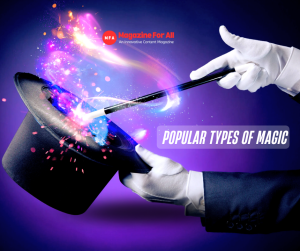
Here are the most common and exciting types of magic found in myths, books and games explained with examples.
1. Elemental Magic Fire, Water, Air, Earth
Focus:
Control over natural forces.
Examples:
- Avatar: The Last Air bender → bending elements.
- Wizards in Dungeons & Dragons → fireball, lightning bolt.
- Harry Potter → elemental themes in charms & transfiguration.
Why it’s popular:
Everyone can imagine the power of nature fire burning, water healing and storms raging.
2. Healing Magic Restoring Life
Focus:
Cure, protection and balance.
Examples:
- Final Fantasy white mages.
- Elrond in Lord of the Rings.
- Ancient herbal healers and shamans.
- Healing magic represents hope, purity and survival.
3. Illusion Magic Tricks of the Mind
Focus:
Manipulating perception with images, sounds or emotions.
Examples:
- Loki in Norse mythology.
- Illusionists in Dungeons & Dragons.
- Trickster characters in modern RPGs.
This magic shows how belief can shape reality.
4. Necromancy Commanding the Dead
Focus:
Death, spirits and resurrection.
Examples:
- White Walkers in Game of Thrones.
- Necromancers in The Witcher.
- Folklore rituals with graveyards.
Necromancy symbolizes the fear of mortality and the desire to control it.
5. Divination Seeing Beyond the Present
Focus:
Future, secrets and prophecy.
Examples:
- Greek oracles.
- Professor Trelawney in Harry Potter.
- Tarot, astrology and crystal balls.
Divination is less about destruction and more about wisdom.
6. Enchantment Giving Objects Power
Focus:
Imbuing objects with magic.
Examples:
- Arthur’s sword.
- RPG enchanted gear with boosts.
Enchanted items often become characters themselves.
7. Summoning Magic Calling Allies
Focus:
Spirits, animals, demons or gods.
Examples:
- Pokemon’s creature battles.
- Summons like Ifrit or Shiva in Final Fantasy.
- Shamans calling spirits in folklore.
Summoning represents partnership with other realms.
8. Chaos Magic Raw, Unstable Power
Focus:
Unpredictable, wild and dangerous.
Examples:
- Scarlet Witch in Marvel.
- Wild magic sorcerers in D&D.
- Chaos magic = unlimited potential but no control.
9. Blood Magic Power at a Price
Focus:
Sacrifice, life essence and forbidden arts.
Examples:
- Dragon Age blood mages.
- Folklore rituals involving blood offerings.
- Represents power with consequences.
10. Light vs Dark Magic – Eternal Balance
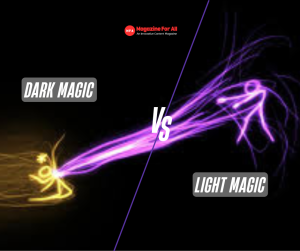
Focus:
Good vs Evil.
Examples:
- Jedi (light) vs Sith (dark) in Star Wars.
- Paladins vs Warlocks in RPGs.
- Highlights the moral struggle at the heart of many stories.
11. Nature Magic – Bond with Earth & Life
Focus:
Forests, animals, natural cycles.
Examples:
- Radagast in Lord of the Rings.
- Druids in World of Warcraft.
- Nature magic celebrates harmony with earth.
12. Hybrid & Modern Magic – Evolving Traditions
Focus:
Blending old magic with new tech.
Examples:
- Shadowrun cyber-magic.
- Arcane (League of Legends).
- Urban fantasy (city sorcery).
- Shows how magic adapts to modern imagination.
Lesser-Known Types of Magic
To go beyond common forms, let’s explore unique traditions:
Runic Magic
Carving symbols as spells. Vikings believed runes had protective and mystical powers.
Alchemy
The ancient science of transforming metals into gold and seeking immortality. Inspired many modern “alchemy-based” magic systems.
Dream Magic
Manipulating dreams, entering visions, or controlling sleep. Example: Sandman comics, Inception.
Sound & Music Magic
Using voice, chants, or instruments. Example: Sirens in Greek myths, bards in RPGs.
Cultural Magic
- Chinese Taoist sorcery – balance of yin-yang.
- African Voodoo – spirits and ancestral power.
- Native American rituals – spirit animals, dream journeys.
These remind us that magic is deeply cultural, not just fantasy.
Magic in Modern Fantasy
Today’s books, films, and games expand magic into structured “systems.”
- Harry Potter: Spells, Stick and potions.
- Lord of the Rings: Mystical relics, Fairies, Magicians.
- Wheel of Time: “The One Power” with male/female halves.
- Dungeons & Dragons: Dozens of schools of magic.
- Games: Sky-rim, World of Warcraft, Final Fantasy each builds unique spell systems.
Modern fantasy proves magic can be rule based yet infinite.
Comparison Table: Types of Magic with Focus and Example
| Type | Focus | Example |
| Elemental | Fire, Water, Earth | Avatar: The Last Airbender |
| Healing | Restoration | Final Fantasy White Mage |
| Necromancy | Dead & Spirits | Game of Thrones (White Walkers) |
| Illusion | Mind Tricks | Loki (Norse Myth) |
| Enchantment | Object Empowerment | The One Ring (LOTR |
| Chaos | Wild & Unstable | Scarlet Witch (Marvel) |
| Blood | Sacrifice & Ritua | Dragon Age Blood Mage |
| Nature | Earth & Animals | Druids in World of Warcraft |
| Hybrid/Modern | Magic + Tech | Shadowrun, Arcane |
Why So Many Types of Magic Exist
Every type of magic is more than a spell—it’s a symbol:
- Healing = hope
- Necromancy = fear of death
- Chaos = unpredictability
- Elemental = respect for nature
- Light vs Dark = morality
Writers use them to build worlds that connect with human emotions and struggles.
Conclusion
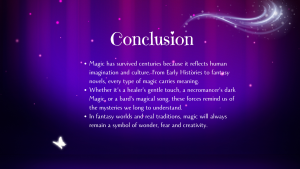
Magic has survived centuries because it reflects human imagination and culture. From Early Histories to fantasy novels, every type of magic carries meaning.
Whether it’s a healer’s gentle touch, a necromancer’s dark Magic, or a bard’s magical song, these forces remind us of the mysteries we long to understand.
In fantasy worlds and real traditions, magic will always remain a symbol of wonder, fear and creativity.
FAQs About types of Magic
Q1: What kinds of magic are there?
People often talk about the basics fire, water, air and earth. But that’s not the whole picture. Stories also bring in healing, summoning spirits, illusions or necromancy. Writers usually mix them so it feels fresh.
Q2: What’s the difference between hard and soft magic?
Hard magic has clear rules you know what’s possible and what’s not. Soft magic doesn’t really explain much it just feels mysterious. Both give very different vibes in a story.
Q3: Can a fantasy world use more than one type of magic?
Yes, totally. A story might have someone casting fire spells while another uses rituals to heal. When worlds mix styles, they feel bigger and more real.
Q4: Why do writers even add limits to magic?
Because without limits magic makes everything too easy. If one spell can fix all problems the tension dies. Rules keep the story exciting and balanced.
Q5: Who usually gets to use magic?
Depends on the world. In some places only chosen ones or priests have it. In others, anyone can learn if they study. It’s really up to the story.
Q6: Where does magic come from in myths?
Different places sometimes from gods, sometimes nature and sometimes spirits. Old stories even say magic flows straight from the person. There’s no single answer.
Q7: Did people in history actually believe in magic?
Yes, Egyptians wore charms, Vikings carved runes and shamans in many cultures worked with spirits or nature. People used to see magic as part of daily life.
Q8: What types of magic are in Dungeons & Dragons?
D&D has a bunch illusion, necromancy, conjuring and more. Each one feels different, so players can choose the style they like best.
For More Interesting Articles visit our website Magazine for All






